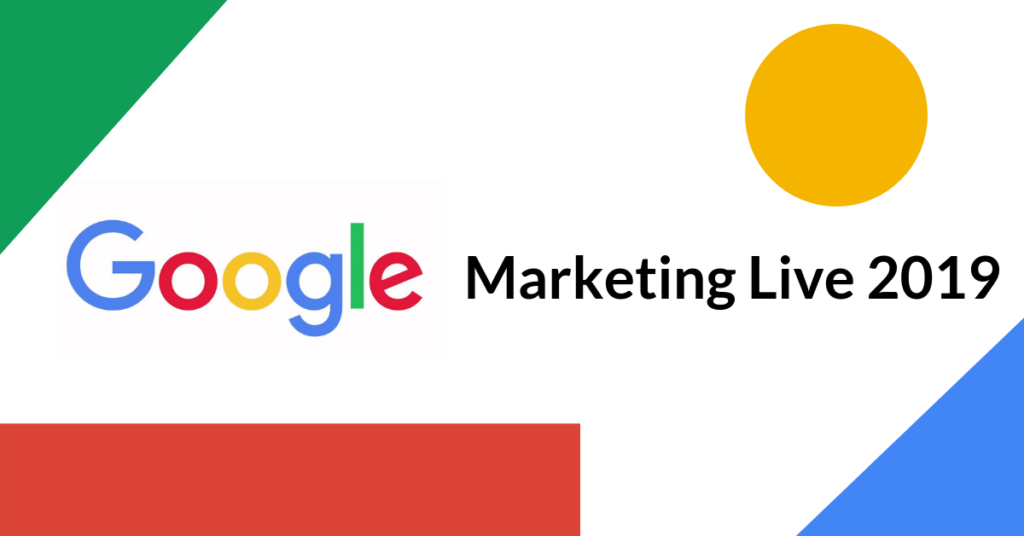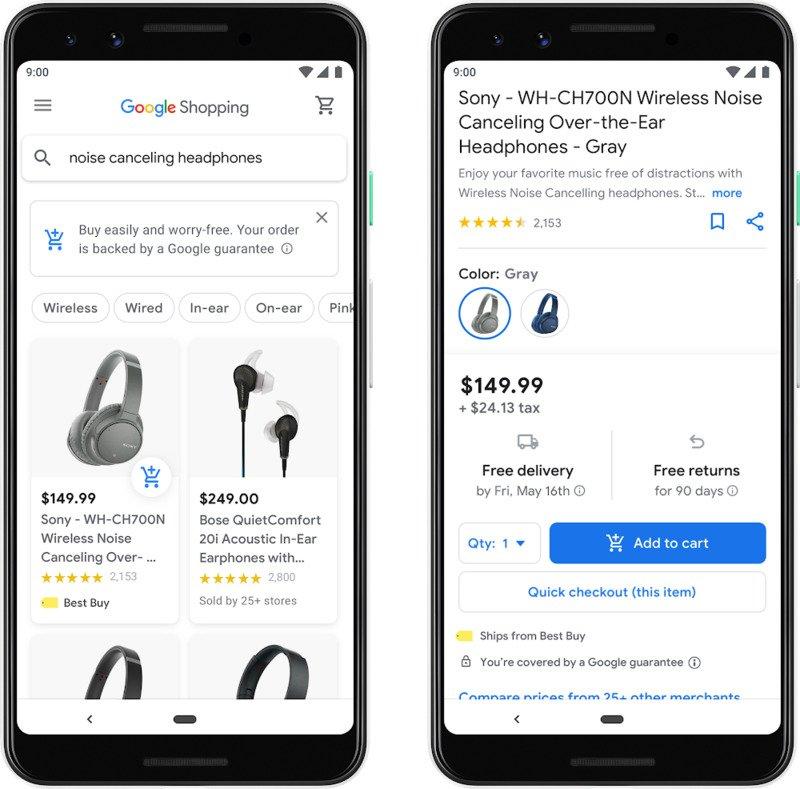
The following article is based on information and content originally created by WordStream.
In case you missed it, earlier this year, Google made a number of significant announcements during their Google Marketing Live 2019 Conference. Let’s take a look at four new updates that will affect current online advertisers the most.
1. Custom affinity + custom intent = custom audiences
Although the conventional wisdom is that Facebook Ads—not Google Ads—is the premier audience-based platform, that’s been gradually changing over the past few years. Unsurprisingly, this year’s keynote kept that trend in motion. Case in point: Google is merging custom affinity audiences and custom intent audiences to create, quite simply, custom audiences. This applies to all Google platforms including Google, YouTube, Gmail, or the new Google Discovery campaigns.
A quick refresh is in order. Whereas a custom affinity audience enables you to target a group of people who demonstrate a specific, shared interest, a custom intent audience enables you to target a group of people who demonstrate commercial interest in a specific product or service.
That distinction is going away. Soon, the ability to target prospects based on their interests and behaviors will be housed under the custom audiences umbrella. A key difference between this and a Facebook custom audience, of course, is Google’s direct access to search data.
2. Reach more prospects with the audience expansion tool
Moving right along, if you find that one of your custom audiences is working particularly well, you can use the brand new audience expansion tool to reach consumers who look and behave similarly to the people within that custom audience. This probably sounds awfully familiar to you, and for good reason—it’s practically the same as a Facebook lookalike audience.
For those who don’t advertise on Facebook or who are unfamiliar with lookalike audiences, the idea is simple: Google’s new audience expansion tool will enable you to grow the number of consumers who see your offers while ensuring that those offers are relevant and useful to them.
Not only more prospects, but more qualified prospects? If that’s not a win-win, we don’t know what is.
3. Google Shopping becomes more … shoppable
One of the most prominent developments in the ecommerce world is the emergence of shoppable content. Only a few months ago, Instagram unveiled Checkout on Instagram—a new (albeit limited) functionality that allows users to buy stuff directly within the app. Shortly thereafter, Google announced a pilot version of shoppable image search results. The common thread tying these two features together is the elimination of friction. In other words, advertising vendors want to make it less painful for your prospects to become your customers.

Presumably, that’s why Google is now enabling online shoppers to make purchases directly within the Shopping interface. They’ll still have the option to click through to your website if they’re so inclined, and Google guarantees that all shoppers will enjoy an easy returns process and top-notch customer service.
4. Shopping showcase ads in new places
In line with the theme of delivering relevant ad experiences, the importance of understanding user intent came up repeatedly throughout the keynote. More specifically, Google emphasized the importance of using visual imagery to inspire consumers whose search queries indicate that they’re hoping to discover new products. That’s why they rolled out showcase shopping ads in late 2017, and that’s why they’re expanding showcase shopping ads to additional ad properties this year.
For those who don’t know, whereas a standard shopping ad brings users to a landing page, a showcase shopping ad brings them to a catalog of related products. The idea is that these users are searching for inspiration and, therefore, can benefit from exploring an array of options.
In the coming months, Google will expand showcase shopping ads to the image search results, the discover search results, and YouTube. The reason this expansion is so exciting is that it enables you to deliver those discovery-based shopping experiences at a broader range of high-funnel touchpoints.
Thank you for reading. Until next time, this is Manuel Gil del Real (MGR)
Source: Wordstream, Google.




